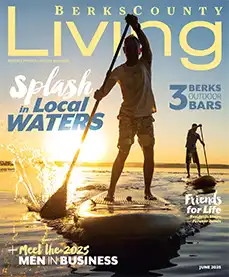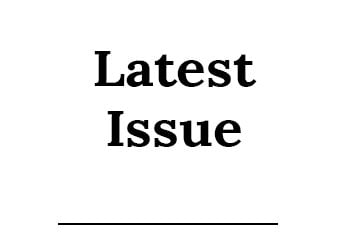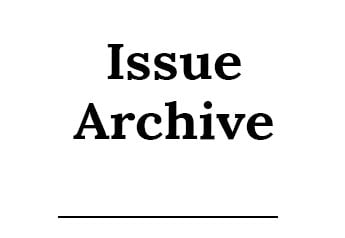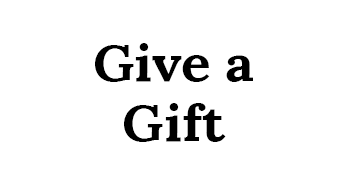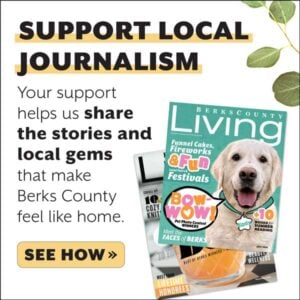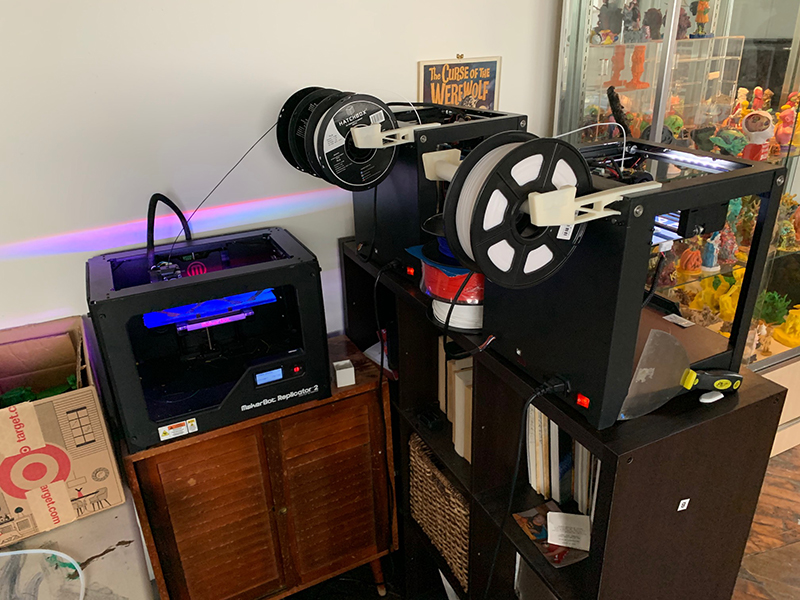
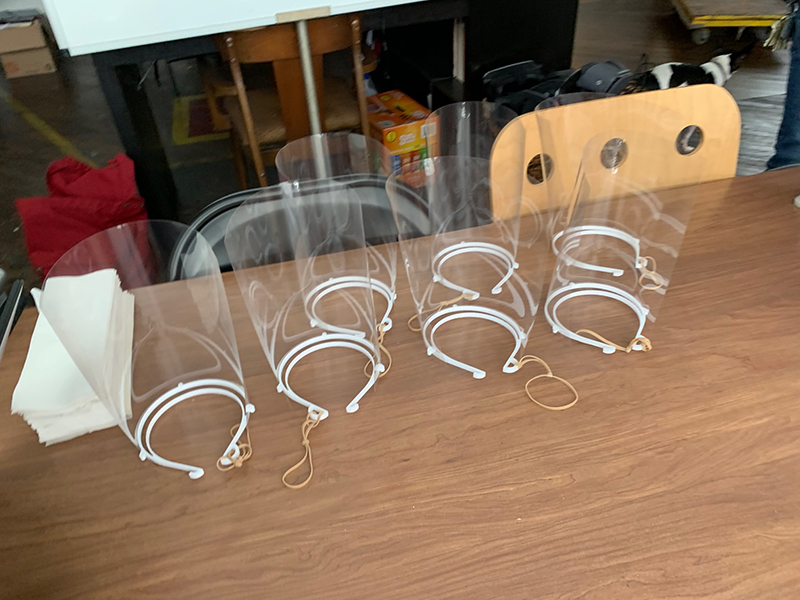
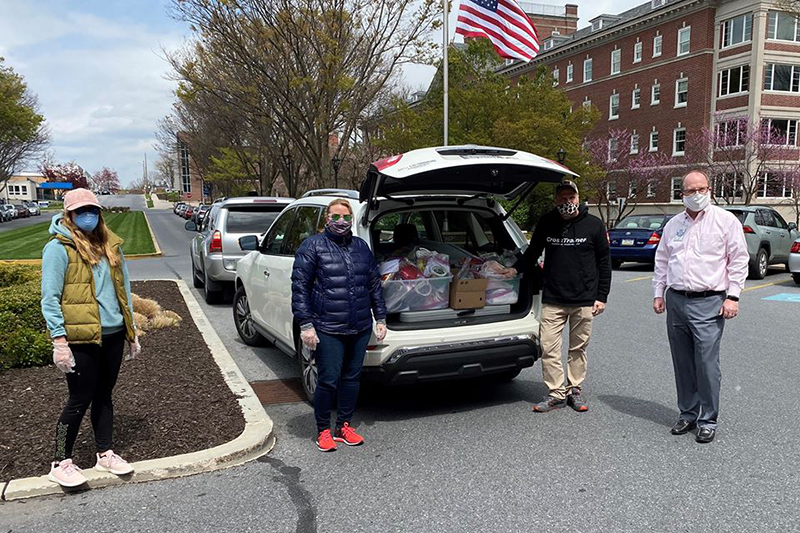
Everyone’s life has been impacted by the global COVID-19 pandemic in some way. But times as trying as these can bring out the best in people, just as it has with the tireless men and women of the Berks PPE Resource Network. Theirs is a story about innovation, determination and community, stepping up to help those on the front lines right here in Berks and beyond.
The Power of a Strong Network
When the pandemic struck there was an almost immediate need for PPE – personal protective equipment – among our front line and essential workers, and eventually for many more throughout the community. A few local leaders saw that need as an opportunity to get area students involved. Ellen Albright, Director of Workforce Development at the Greater Reading Chamber Alliance explains, “A couple of weeks after we really went into quarantine mode a few different partners reached out to the Chamber and we started having discussions about how we could engage local college students to help support COVID initiatives.” Albright College’s Adelle Schade immediately jumped on board to spearhead the growth of what would quickly become the Berks PPE Resource Network.
The idea started as a small-scale 3D printing project to create face shields and other necessary equipment. “We went from a couple of brainstorming conversations to engaging all of these organizations and then mobilizing equipment to get 3D printers into the hands of people who knew how to use them,” Albright says. Many of those initial conversations happened between Penn State alum Joey Sinclair at Berks Launch Box and Kris Jackson of CrossTrainer Mixed Reality inside the GoggleWorks Center for the Arts in Reading. From there, the ad hoc committee of founders – including Albright, Schade, Jackson and Chris Spohn from the Hamburg Area School District – used their strong networks to engage partners at many different levels, including the engineers and makers who prototyped and printed the PPE, the local business and manufacturing community for supplies, and school districts, universities and the local government to make the project work.
Other community leaders like Alvernia University, Ben Franklin Technology Partners, Reading Area Community College (RACC), Mitsubishi Chemical and the Berks County Medical Society, among many others, also quickly jumped in to lend a hand. As the idea gained momentum, Schade and the Albright Science Research Institute submitted a request for authorization for the materials to the FDA to make sure they were in compliance with their guidelines and quickly received approval.
GoggleWorks Artistic Director Tim Compton watched as the center became headquarters for the network in a matter of just days. “One of the things that they did so well in the network was say ‘yes’ to people who wanted to contribute. Each new idea was talked about, and everyone had a voice, so there was a lot of buy-in. That’s why we ended up seeing people sleeping next to their printers to try to produce as much product as possible. They saw the need for it, but they also heard their own voice in the larger conversation,” says Compton.
Practice Makes Perfect
It was that buy-in that helped the Berks PPE Resource Network expand to close to 100 volunteers who worked day and night to create and distribute more than 32,000 pieces of PPE for more than 200 organizations throughout Berks, Lancaster, Lebanon, Montgomery and Lehigh counties. Initially, the group focused on getting materials to our front-line workers. “Then we started getting requests from businesses as they were able to start reopening, and there were weeks-long wait times for PPE,” Albright explains.
Kris Jackson – who Albright dubbed “the Champion of the Makers” – worked with the printers and engineers to prototype the various designs and troubleshoot problems. He also ran more than a dozen printers out of his lab, sometimes spending up to 16 hours a day, seven days a week there to make sure everything was running smoothly. The original Mantis face shield design was a product of PSU’s Launch Box. “What we liked about the design was its simplicity. A lot of other PPE designs were a lot thicker and more time consuming to create,” Jackson explains. “The Mantis model allowed us to stack them together and print 30 to 60 in a run, whereas other designs were only printing 10 or so at a time.” From there, the group prototyped three more iterations until they got it just right. “We prototyped with a small group of people and then tested with a small group of first responders. We would address the changes that needed to be made and communicate out to the group to download the new model and start printing.”
Many of the makers were 3D hobbyists and local students who had learned to use the equipment in school. Those districts even loaned out equipment to their students to print safely from home. “We had nearly 70 volunteers printing from their homes,” Jackson says. “It was really an incredible experience. Everyone got motivated in a real short amount of time.” And as the community’s needs changed, so did the group’s focus. When face shields were no longer in demand, they shifted to printing ear savers, and even provided cloth masks by partnering with the large mask-making group that formed locally.
It Takes a Village
Not only was the network able to provide life-saving equipment in the greatest time of need, but every piece of equipment distributed by the group was provided at no cost. Spohn played an instrumental role in the procurement of materials from local school districts and home improvement stores. With the help of early donations from Berks Alliance, The Friends of Reading Hospital and the Berks County Community Foundation, the group was able to mobilize quickly; as production grew, they relied upon donated equipment, materials and financial resources from many local employers.
The first 3D printers, along with rolls and rolls of filament, were donated by the Launch Box, CrossTrainer Mixed Reality and Kutztown University. The group also leaned on local school districts. The face shields they produced used old overhead projector transparency sheets, which many districts had lying around and offered in addition to the use of their printers. And when supplies ran low, Jackson only needed to ask. “Chris Spohn was amazing. I would just tell him I need more filament, or this is what I need to make the masks more comfortable, and he would basically just go find it. All the materials were donated or found around Berks,” he says.
The network was so efficient that it quickly had other communities knocking on the door for help. In response, it created a series of instructional videos and uploaded its prototype designs to its website. It is now an incredible resource packed with media clips, photos and tools for other communities to present to their partners. But the real key is the people involved. Albright says simply, “You just have to get the right people in a committee who are willing to do their part, and then you just have to go for it. For us, everyone found their niche, stayed in their lane, and kept working.”
Preparing for the Future
The PPE Resource Network’s goal was to fulfill a temporary need while local manufacturers retooled and retrained. In just a few short weeks, several local companies set themselves up to provide masks, face shields, gowns, hand sanitizer and other necessary equipment. As they did, the network sent equipment requests from anyone who could afford to pay in their direction. “Our goal was never to take away from businesses,” Albright explains. “Because so many manufacturers had to wait to find out whether they would be deemed essential, paired with the fact that they don’t make PPE for a living, we needed to be a Band-Aid while they retooled.”
Now that local businesses have joined the effort, the Resource Network is taking a well-deserved break. “That was something they were so smart about during the process,” Compton explains. “Not only did they recognize the point at which the industry had caught up and was starting to meet the need, they shifted to providing other useful items like head straps. And then they realized that the need had really dropped back so they are seeking out other opportunities to engage in other collaborations. It all evolved so quickly.”
The group doesn’t plan to rest for long. “We really don’t want to lose momentum and the power of these makers and this whole group, so we’re talking about ways to engage them in the future,” Albright says. “Long term we want to keep working on products that help the community.” Jackson is already working on ways to keep the area’s youth engaged, starting with the creation of a remote summer learning program at Albright College to demonstrate the process of virtual reality and 3D printing. “We want to keep the interest high in case there is another problem to solve, so we can pull the students from various local schools in to help.”
There is no doubt that the founders of the group, and the extended network they were able to create, will be there to help when Berks needs them again. The group is taking recommendations from their makers and the community about the needs they can fill, and of course, stand ready in the event there are additional problems with COVID-19 and their services are required again. “It’s not hyperbole to say that Ellen, Chris and Adelle are three of the greatest people I’ve ever met, and that this was one of the greatest experiences of my life,” Jackson says. “They really care about Reading; they care about engaging our youth to help solve problems. These are the people who make me feel good about my kids growing up here and this place becoming pretty great.”
For more info on the Berks PPE Resource Network and how to get involved, visit berkspperesourcenet.org.








